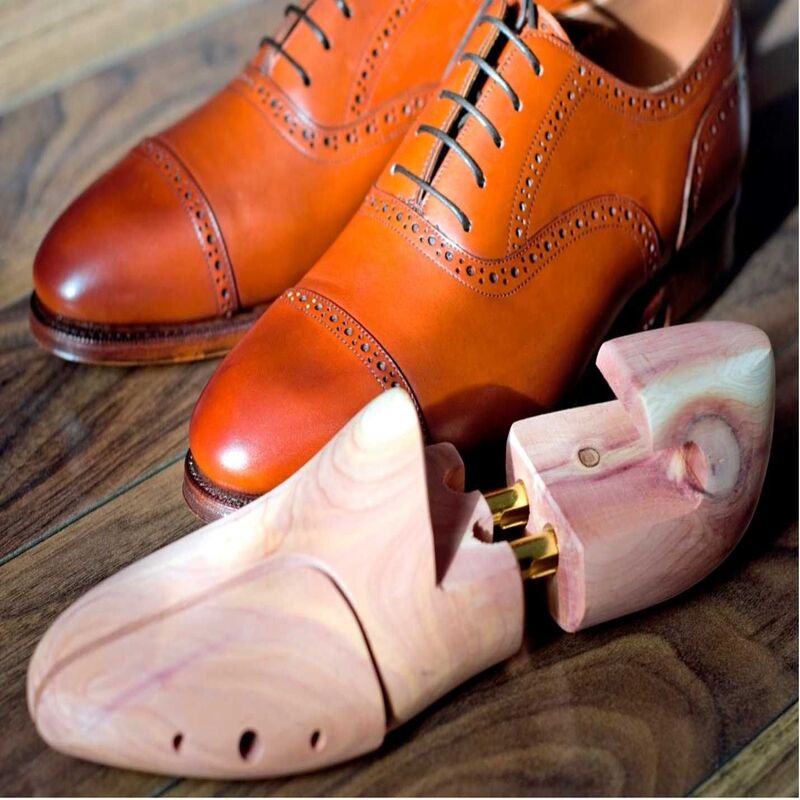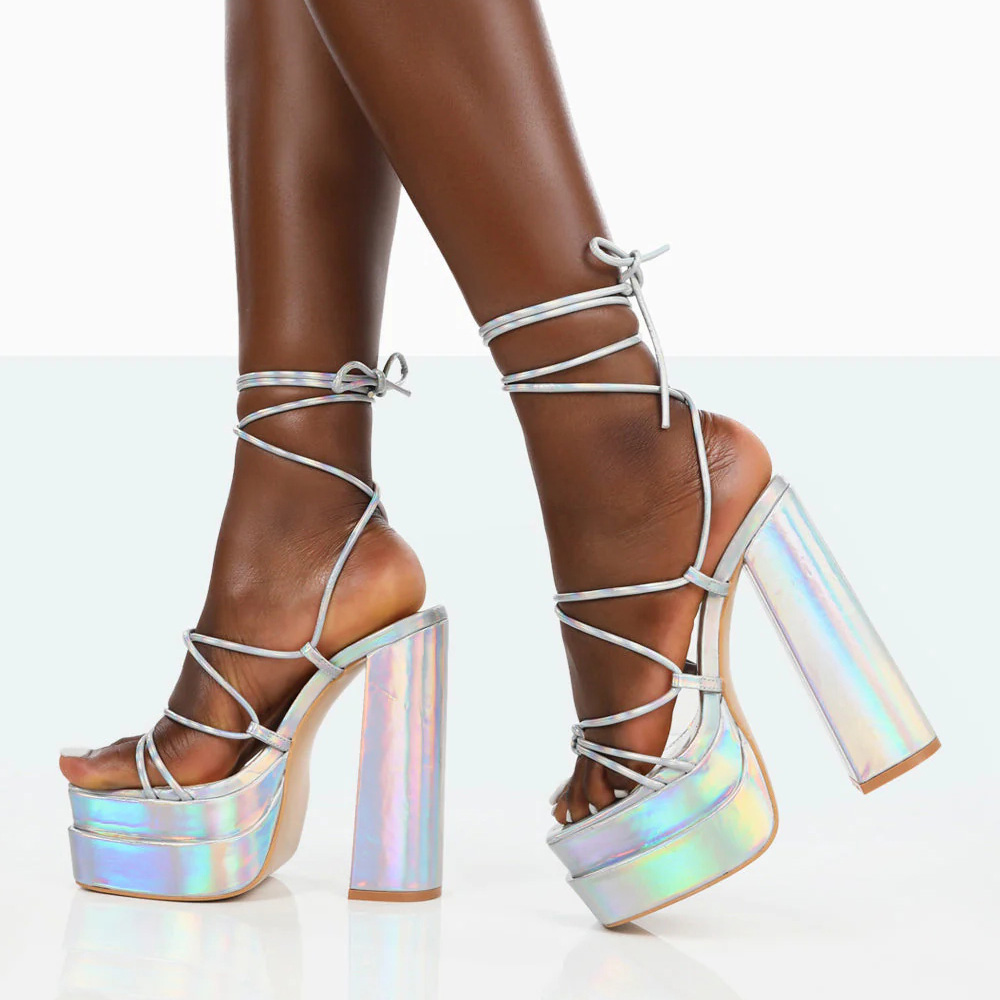Leather shoes are a staple in many wardrobes, revered for their style and durability. However, the perfect pair may sometimes feel too tight, causing discomfort. Thankfully, there are various methods to stretch leather shoes wider. While some methods may be more effective than others, the goal remains to achieve a comfortable fit. Understanding the material and the methods available will help ensure the best results. This article discusses different techniques for stretching leather shoes, including both DIY methods and professional options, ensuring you find the right solution for your needs.
Understanding Leather Material
The Characteristics of Leather
Leather is a natural material made from animal hides. It boasts a unique elegance that enhances any outfit. However, its properties can be both beneficial and detrimental. For example, leather is known for its durability and resistance to wear. However, it is also prone to stretching or losing its shape if not cared for properly. Understanding these characteristics aids in choosing the best stretching method. Moreover, leather types vary, including full-grain, top-grain, and corrected grain. Each type reacts differently to stretching methods. Hence, knowing your leather type helps you select the most suitable approach.
Why Leather Shoes Can Be Tight
There are several reasons why leather shoes may feel tight. Initial fitting is crucial for any shoe, especially leather shoes. New leather typically feels stiff and constricting. Over time, the shoes may soften and conform to your foot shape. Additionally, people often buy leather shoes that are slightly smaller in hopes they will stretch. However, this approach can lead to discomfort, especially if the shoes do not stretch adequately. Lifestyle factors, such as foot swelling throughout the day, can also contribute to tightness. Increased physical activity may cause temporary swelling, making shoes feel even tighter. Understanding these dynamics helps in finding the right stretching techniques.
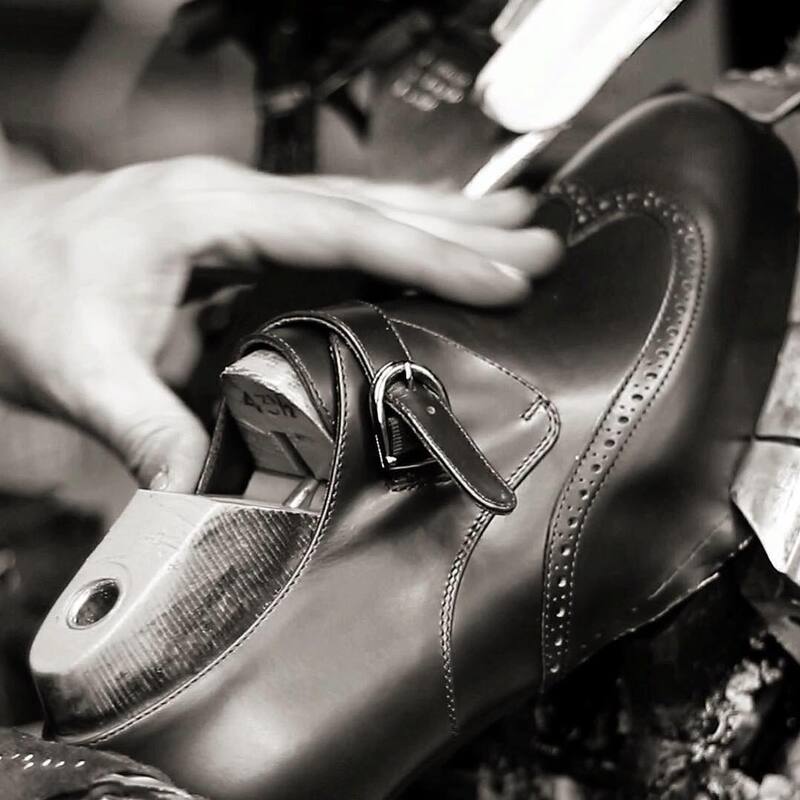
DIY Methods to Stretch Leather Shoes
Using Shoe Stretchers
One effective method for stretching leather shoes is to use a shoe stretcher. A shoe stretcher is a specialized device designed to widen and lengthen shoes. Using this tool can be quite effective, especially if applied consistently. However, the success of this method depends on the correct usage of the shoe stretcher. First, it is essential to insert the shoe stretcher into the shoe until it fits snugly. Next, turn the handle to begin stretching the leather. It is best to stretch the shoes gradually to avoid overdoing it. Gradual stretching ensures even expansion, preventing potential damage to the leather.
Applying Leather Stretch Spray
Another popular DIY method involves using a leather stretch spray. This option can provide excellent results when combined with other stretching techniques. First, lightly spray the inside of the shoe with the stretch spray. Then, put on thick socks to wear the shoes while they are wet. This method encourages leather to conform to the shape of your foot. Keep in mind that it is important to allow the leather to dry naturally. Avoid using heat sources, as this could damage the leather’s structure. The combination of moisture, stretching, and wearing the shoes helps facilitate a better fit.
Using Heat to Stretch Leather
Heat can also be an effective tool for stretching leather shoes wider. When leather becomes warm, it becomes more pliable and easier to stretch. To utilize this method, you can wear thick socks and then slip on the leather shoes. Use a hairdryer on a low setting to apply gentle heat to the areas that feel tight. It is crucial to keep the dryer moving to avoid overheating any specific area. Heat should be applied for a short period. Once the leather is warm, walk around your home for about 15-20 minutes to allow it to stretch. Afterward, remove the shoes, let them cool and dry off.
Professional Solutions
Visiting a Cobblers
While DIY methods can be effective, sometimes professional help is necessary. Visiting a cobbler provides a reliable solution for tight leather shoes. Cobblers possess specialized tools and expertise in leather treatment. They can stretch shoes precisely and safely, ensuring the best fit without damaging the leather. Additionally, they may offer various customization options. For example, if your shoes are too narrow, they can widen them without compromising the overall structure. Cobblers can also perform repairs, which may be needed if the material has become worn.
Custom Insoles
Another option involves investing in custom insoles. Often, simply replacing the insoles in tight shoes can make a significant difference in comfort. Custom insoles can provide additional arch support, which can alleviate tightness and pressure. Moreover, they allow your feet to feel more relaxed within the shoe, promoting better overall posture. Many companies offer custom insoles based on foot measurements. These insoles help achieve a comfortable, cushioned fit in your leather shoes. If most methods fail, consulting with a podiatrist might be a wise choice.
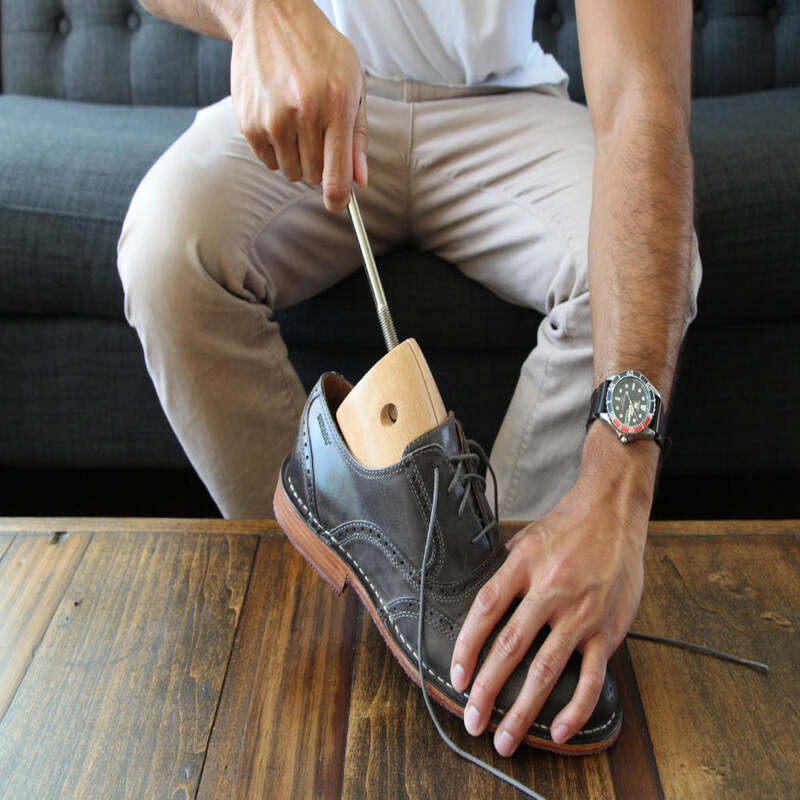
Maintenance Tips for Leather Shoes
Regular Conditioning
Proper maintenance significantly improves the longevity and comfort of leather shoes. Regular conditioning helps keep the leather supple and prevents it from becoming stiff over time. Applying a high-quality leather conditioner every few months aids in hydration. This practice ensures the material maintains its flexibility and durability. Furthermore, conditioning can prevent cracking and peeling, common issues associated with dehydrated leather. As you condition, make sure to focus on areas that experience frequent stress or movement.
Proper Storage Techniques
When it comes to caring for leather shoes, proper storage is critical. Avoid leaving your shoes in hot, humid areas. Excessive heat can cause leather to shrink, while humidity may lead to mold growth. Store shoes in a cool, dry place, preferably in their original boxes or a quality dust bag. Using shoe trees can help maintain their shape and absorb moisture. Additionally, ensure that the shoes remain clean by wiping them periodically with a soft cloth. Keeping the leather clean prevents dirt from embedding itself, which could damage the skin.
Choosing the Right Socks
The Role of Thick Socks
Wearing thick socks during stretching can significantly improve the process. Thick socks add extra pressure on the leather, promoting stretching. When implementing various techniques, opt for a pair of heavy socks. Wearing them while using a shoe stretcher or during the heat method can yield positive results. Ensure that your socks are loose-fitting, allowing for breathability.
Alternate Materials
If thick socks are unavailable, you might consider alternate materials. Some people find success with cotton pads or toe separators. Placing these materials inside the shoes can help create extra space. However, be cautious about using items that may hold moisture. Remember, the goal is to stretch the leather without damaging it. Experiment with various materials to understand what works best for your shoes.
Recognizing When to Replace Shoes
Signs of Excessive Wear
You may have tried to stretch your shoes multiple times, yet they still feel tight. In such cases, it might be time to consider replacing them. Several signs indicate excessive wear on leather shoes. First, inspect the soles for any signs of thinning or separation. If the sole is excessively worn down, it may no longer provide adequate support. Furthermore, check for cracks or peeling in the leather. This indicates that the material has lost its integrity. Additionally, if your foot often feels uncomfortable or suffers from blisters, consider replacing the shoes.
Evaluating Comfort and Fit
One of the best ways to know if you need new shoes is by evaluating their comfort and fit. Your feet should feel relaxed without excessive tightness or pressure points. Over time, shoes may no longer provide the same level of support as when they were new. Wearing shoes that do not fit optimally can lead to foot problems. Regularly assess how your shoes feel during daily activities. If discomfort persists despite stretching attempts, reconsider investing in a new pair.
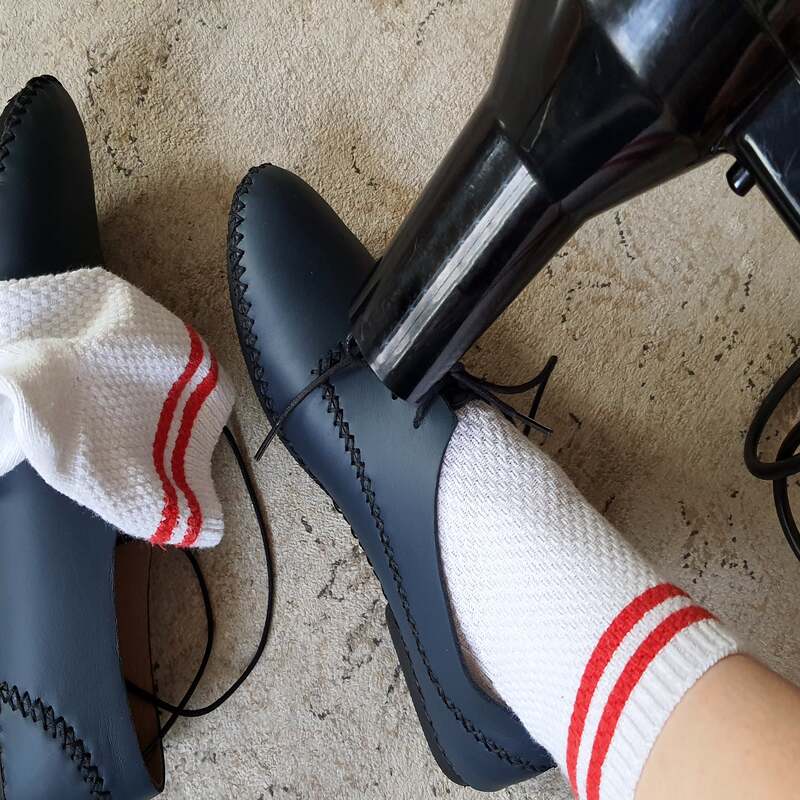
Conclusion
Stretching leather shoes wider can be a successful endeavor with the right approach. Whether you choose a DIY method or seek professional help, understanding the characteristics of leather is crucial. Regular maintenance of leather shoes ensures they remain comfortable and durable over time. However, recognizing when to replace them is also important. Ultimately, the right fit will lead to a better overall experience, enhancing not only your comfort but your confidence as well. As you care for your leather shoes, remember that each pair has the potential for longevity and style, provided they are treated well. Through careful attention and consideration, you can enjoy your leather shoes for many years to come.
